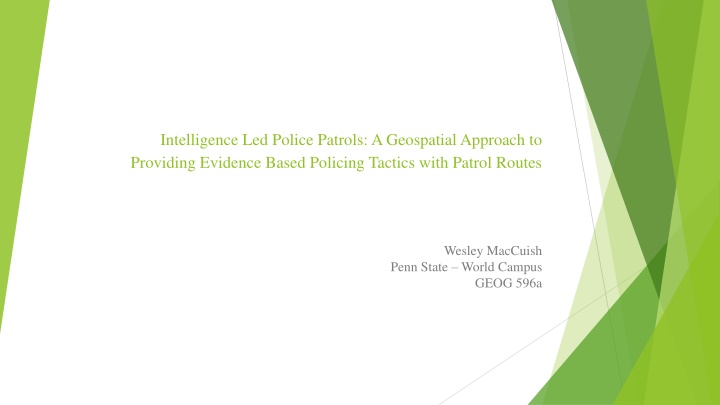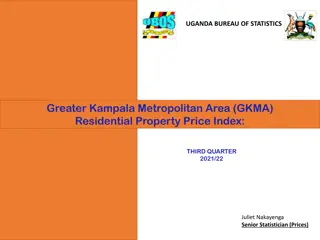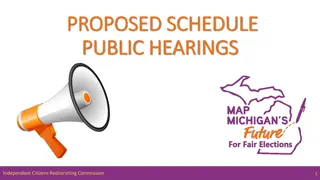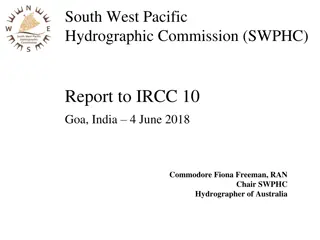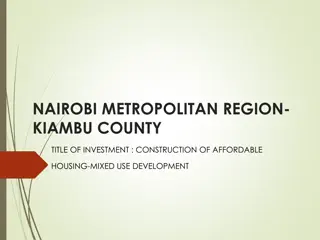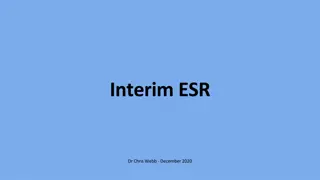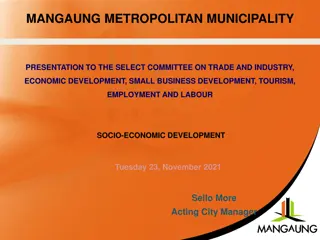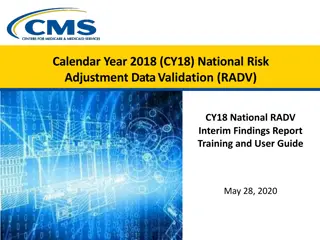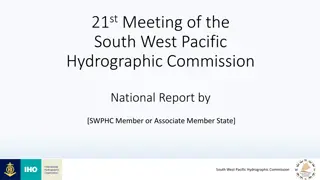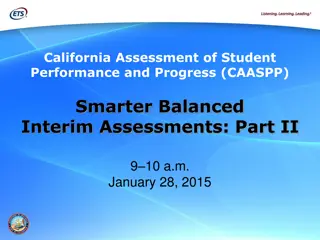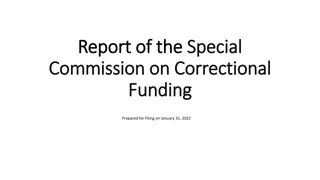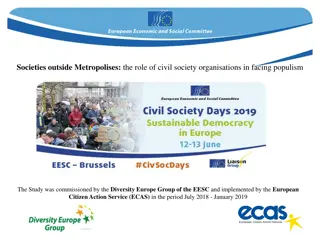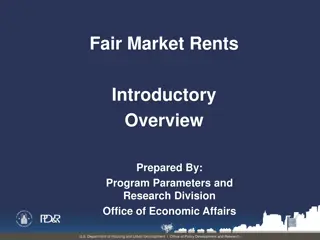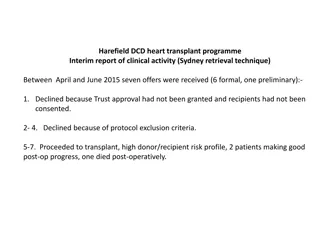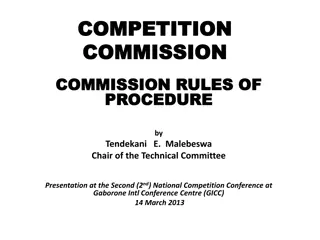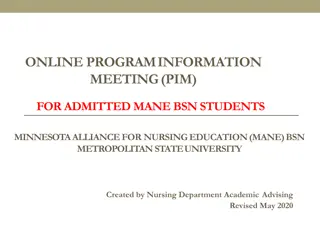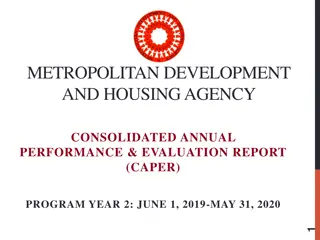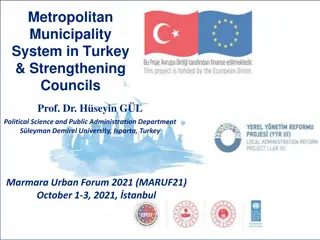Non-Metropolitan Commission Interim Report on Economic Growth and Public Services in England
The Non-Metropolitan Commission, an Independent Commission, focuses on stimulating economic growth, creating jobs, and improving lives in non-metropolitan regions of England. The report discusses various areas for improvement, such as decision-making processes, collaboration among public sector organizations, training for required skills, and transport investment decisions.
Download Presentation

Please find below an Image/Link to download the presentation.
The content on the website is provided AS IS for your information and personal use only. It may not be sold, licensed, or shared on other websites without obtaining consent from the author.If you encounter any issues during the download, it is possible that the publisher has removed the file from their server.
You are allowed to download the files provided on this website for personal or commercial use, subject to the condition that they are used lawfully. All files are the property of their respective owners.
The content on the website is provided AS IS for your information and personal use only. It may not be sold, licensed, or shared on other websites without obtaining consent from the author.
E N D
Presentation Transcript
Intelligence Led Police Patrols: A Geospatial Approach to Providing Evidence Based Policing Tactics with Patrol Routes Wesley MacCuish Penn State World Campus GEOG 596a
Background: Project idea generation Personal Interest Undergrad capstone was international money laundering scenarios Close work with Department of State Diplomatic Security as an Embassy Guard Professional Interest Imagery Analyst by trade Recently completed Deployment to EUCOM building web applications
Background: Problem Development Aid law enforcement in the following: Community Transparency Provide intelligence centered from historic data Alleviate bias through evidence-based decision making Solution: Develop a tool that leverages historical analysis to provide a patrol solution that is accessible by the public and allows that information to be used in conjunction with a patrol officer s expertise. A web-based application that performs route development based on hotspot analysis to link high density crimes areas
Project Area: 22401 Fredericksburg, VA Fredericksburg is located 48 miles south of Washington, D.C. and 53 miles north of Richmond. Total area is approximal 10.5 square miles. As of the 2021 census, the population was 28,367. There are four zones that the police department uses as patrolling areas not depicted (pending FOIA request)
Goals and objectives Transparency of the Local Police Force Community access to the tool and the underlying crime data Further hotspot analysis conducted for crime in an area Typical analysis develops the hotspots and zonal analysis but does little to combine the results of analysis into something actionable Develop the tool for the Fredericksburg Police Department, but be replicable across most police departments Documenting the process will allow for clear processes given to the FPD, but also providing the framework for other police departments to adopt this process.
Proposed methodology: Functionality Step 1: Import crime data, patrol zones, city jurisdicition and estimate average officers patrolling per day According to Officer Greg Baugher of the FPD, one officer is usually assigned to each of the four zones Step 2: Create a tessellation in each zone This is to aggregate the crime into equal sized areas Step 3: Perform a density on the crime Types and total crime Step 4: Create a route with stops at each hotspot generated within the tessellation, unique to each zones data.
Proposed methodology: Applicability Step 1: Develop/condition the data in the ArcGIS Pro environment Step 2: Explore Routing tools native the ArcGIS Pro This will likely involve using ModelBuilder to make a single process Possibly creating/expanding a current routing tool to make a unique toolbox for this project Step 3: Ensure functionality in strictly the ArcGIS Pro environment Step 4: Migrate the map and toolbox to ArcGIS Online Step 5: Convert the web map and geoprocessing into a web application
Project Timeline August: Data acquisition and map formatting September: Development of routing tool in ArcGIS Pro October: Migrating the tool into AGOL and Start of GEOG 596b November: Refinement of the AGOL application December: Presentation and Conclusion of GEOG 596b
Presentation Venue: Fredericksburg Police Department Deliver to the widest APPLICABLE audience Custom tailored tool for the Fredericksburg Police Department should be delivered TO the department Ideally, during rollcall to show the most officers in one place at one instance Presentation structure: Quick summary background and purpose Tool demonstration through zones with audience input on parameters Q & A / provide input for future refinement of the tool
Anticipated Results Minimum desired result: An ArcGIS Pro workspace that can export a custom, crime-based route to be disseminated to the patrol officers Desired result: A web-based application that can be accessed by a police officer on their work computers to generate their own unique routes based on user input, predefined parameters. ***Mobile use will be considered while developing the application This would allow the officer to create a route at any point during the patrol and customize it based on their uniquely desired but limited parameters.
